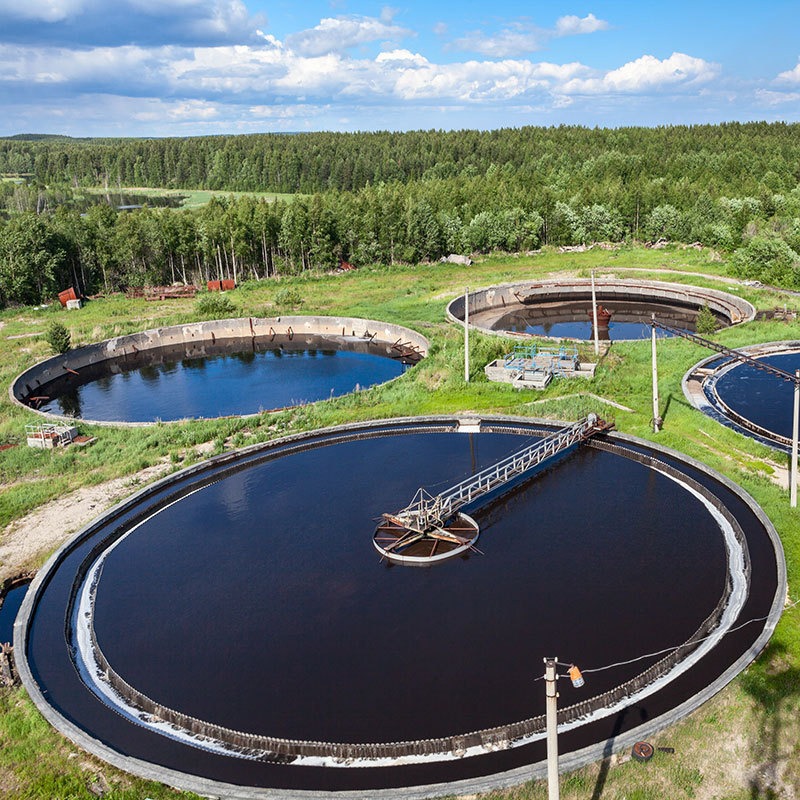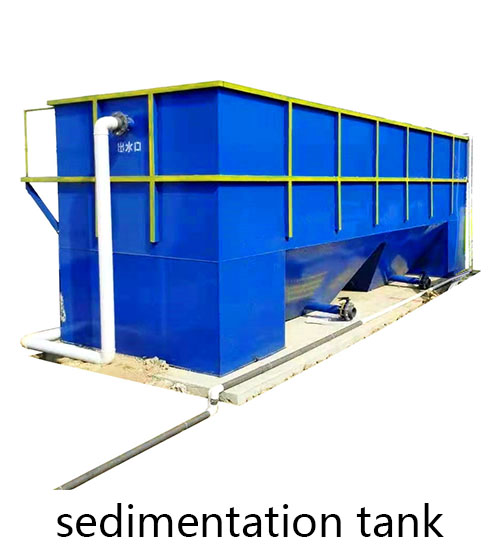What is Hydraulic Retention Time (HRT) ?
Hydraulic Retention Time (HRT) refers to the average residence time of water or sludge in the treatment system in the reactor, that is, the average reaction time of sewage or sludge and microorganisms in the bioreactor. It is one of the important parameters in the design and operation of water treatment systems, which directly affects the purification effect of the system and the quality of effluent.
How is HRT calculated ?
The HRT is calculated as HRT = V/Q, where V is the effective volume of the reactor and Q is the influent flow rate. Alternatively, it can be calculated using the reactor height and the rise velocity: HRT = H/u, where H is the reactor height and u is the rise velocity.
What are the functions of HRT in sewage treatment ?
1) Microbial growth and metabolism: In biological treatment processes, HRT directly affects the adsorption, degradation and conversion of organic matter, nitrogen, phosphorus and other pollutants by microorganisms. Appropriate HRT ensures that microorganisms have enough time to complete their metabolic activities within their life cycle, thereby effectively removing pollutants.
2) Treatment effect and stability: A reasonable hydraulic retention time helps maintain the stable operation of the system. A too short HRT may cause the microorganisms to not have enough time to fully treat the pollutants, resulting in substandard effluent quality; while a too long HRT may cause excessive growth of microorganisms in the system, causing problems such as sludge bulking.
3) Process design and optimization: When designing sewage treatment facilities, determining the appropriate HRT based on the expected treatment effect and influent water quality characteristics is of great significance for improving resource utilization efficiency, reducing land occupation and operating costs.
4) Adapt to load changes: By adjusting HRT, it is possible to flexibly respond to changes in sewage discharge and pollutant concentrations, allowing sewage treatment facilities to more effectively cope with various operating conditions.
How to set HRT in different sewage treatment processes ?
There are significant differences in the setting of hydraulic retention time in different sewage treatment processes. For example, in the activated sludge process, the HRT needs to be long enough to ensure that microorganisms can fully degrade organic matter and nutrients; while in the membrane bioreactor (MBR) system, due to its high solid-liquid separation efficiency, a shorter HRT can usually be set to maintain efficient treatment effects.
1) Activated sludge method: The activated sludge method removes organic matter and pollutants such as nitrogen and phosphorus from wastewater through microbial metabolic activities. Its HRT is generally determined based on factors such as wastewater characteristics, microbial growth rate, and treatment requirements. A longer HRT is beneficial to improving the stability and thoroughness of biochemical reactions.
2) Membrane bioreactor (MBR): Compared with the traditional activated sludge method, MBR achieves efficient solid-liquid separation through membrane components, so even under shorter HRT conditions, it can maintain higher sludge concentration and excellent effluent quality. In this case, HRT is more used to balance the membrane fouling rate and cleaning frequency.
3) Sequencing Batch Reactor (SBR): The SBR process integrates water intake, reaction, sedimentation and drainage in each operation cycle. Its HRT design needs to be combined with the characteristics of batch reactions and the treatment requirements of each stage, and be flexibly adjusted to adapt to changes in sewage load and ensure sufficient biochemical reaction time and sedimentation time.
4) Anaerobic digestion process: In the anaerobic digestion process, hydraulic retention time directly affects the decomposition efficiency of organic matter and the biogas output rate. For solid waste or high-concentration organic wastewater, a longer HRT may be required to ensure a sufficient digestion process.
How to adjust HRT in different seasons ?
1) Adjusting the HRT (hydraulic retention time) in the water treatment process in different seasons is mainly based on the impact of temperature changes on microbial activity and degradation efficiency, as well as possible fluctuations in wastewater quality:
2) Spring and Autumn: The temperature in these two seasons is relatively stable and the microbial activity is moderate. At this time, fine-tuning should be carried out according to routine monitoring data to appropriately shorten or extend HRT.
3) Summer: The temperature is higher in summer, and the activity of microorganisms is usually stronger, which will accelerate the biodegradation rate of organic matter, thus shortening the HRT.
4) Winter: Due to the low temperature in winter, the activity of microorganisms decreases significantly and the biodegradation rate slows down. At this time, the HRT should be appropriately extended to ensure that there is enough time to complete the degradation of pollutants.




生化膜反应器14-scaled.jpg)
生化膜反应器12-scaled.jpg)


